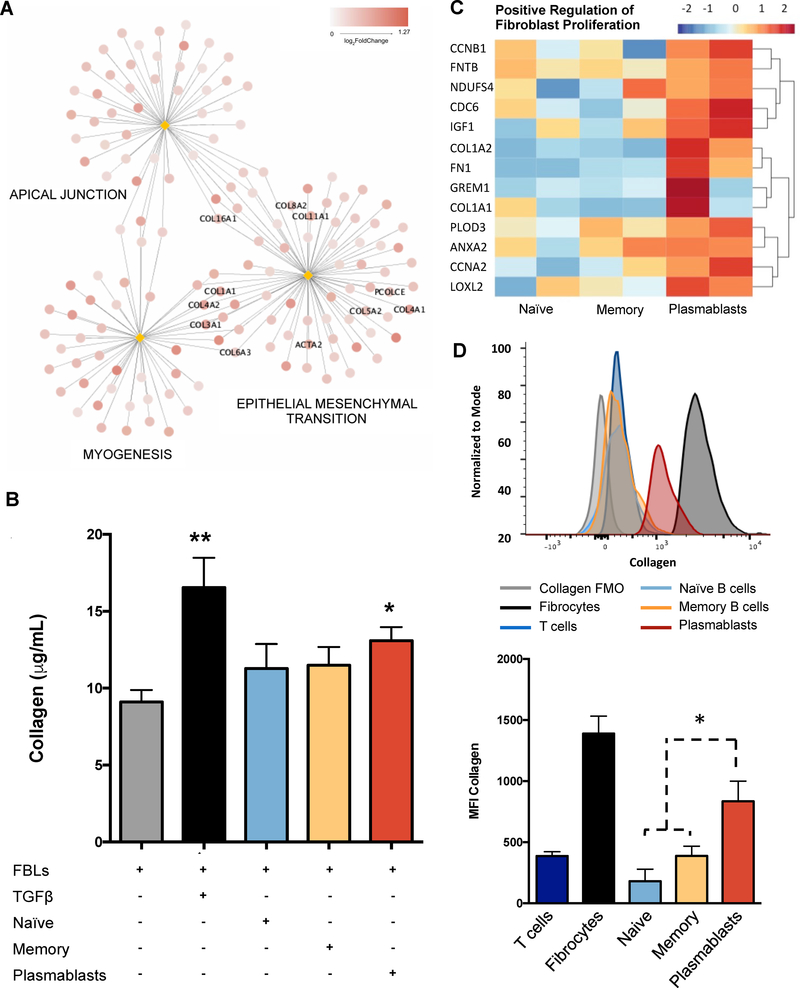Figure 4. Plasmablasts from IgG4-RD patients induce collagen secretion by human fibroblasts, produce collagenous proteins, and express extracellular-matrix remodelling enzymes.
(A) Top results of GSEA performed on log2 fold changes of gene expression in fibroblasts co-cultured with B cells from patients with IgG4-RD AIP and that in fibroblasts co-cultured with B cells from healthy controls at 72hrs in the presence of semipermeable membranes (see Online Supplementary Material for details). The network has been realized with the same logic described for Figure 1.A (B) Collagen production is increased in co-cultures with plasmablasts compared to control fibroblasts. Primary human skin fibroblasts (FBL); FBL stimulated with 20 ng/ml of recombinant human TGF-β1 (TGFβ); FBL co-cultured with naïve B cells, memory B cells, or circulating plasmablasts. Results are presented as mean ± SD of 5 independent experiments. * = p < 0.05. (C) Heatmap showing up-regulation in circulating plasmablasts of genes significantly mapping to the Gene Ontology “GO:0048146: positive regulation of fibroblasts proliferation”. (D) Flow cytometry showing increased collagen expression in circulating plasmablasts compared to naïve B cells, and memory B cells. Circulating fibrocytes and CD3+ T cells are used as positive and negative controls, respectively. Overlaid histograms represent collagen expression in the different cell types in a representative patient. Histograms represent Mean Fluorescence Intensity (MFI) of intracellular collagen in different cell types. * = p < 0.05. Results are expressed as mean ± SD of 5 experiments.

